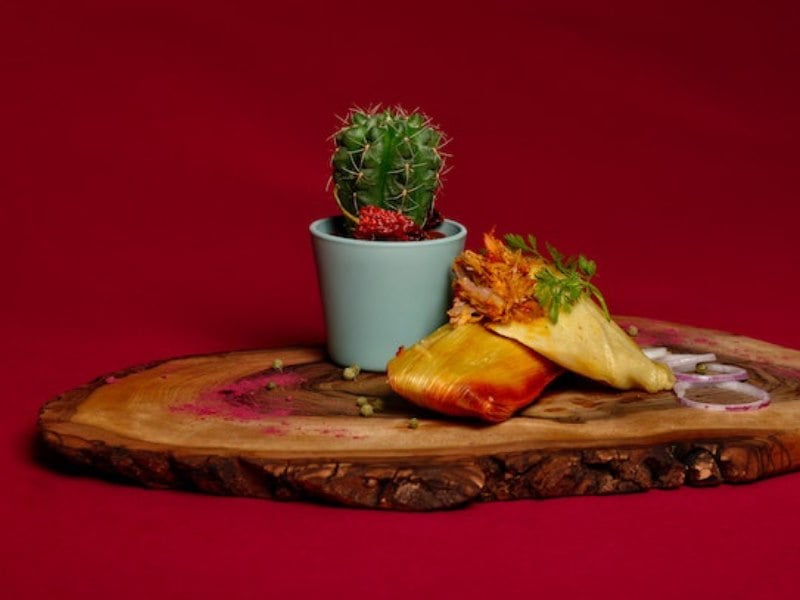Long before the tortilla was part of the Mesoamerican cultures' diet, the tamale emerged after the domestication of corn crops, about 5,000 years ago.
The apparently simple preparation of this dish —consisting of a portion of maize dough mixed with other ingredients such as iguana, shrimp, beans or fish, and later wrapped in a corn or banana leaf, and steamed—, required the development of instruments such as stone scrapers to remove corn kernels; pichanchas or clay pots with perforations to rinse the nixtamal; to grind the grain, metates; and to cook the dough, pots that resisted the heat, and lids.
The nixtamalization, grinding, kneading, wrapping and cooking techniques that these cultures learned to dominate, are practically the same ones that continue to this day, proving the effectiveness of Mesoamerican ingenuity.
After this interesting introduction to the origin of tamales, we invite you to take a tour through the different regions of Mexico to prepare your palate and learn more about this delicious dish, of which there are about 370 varieties, and that gives identity to our country.
NORTH
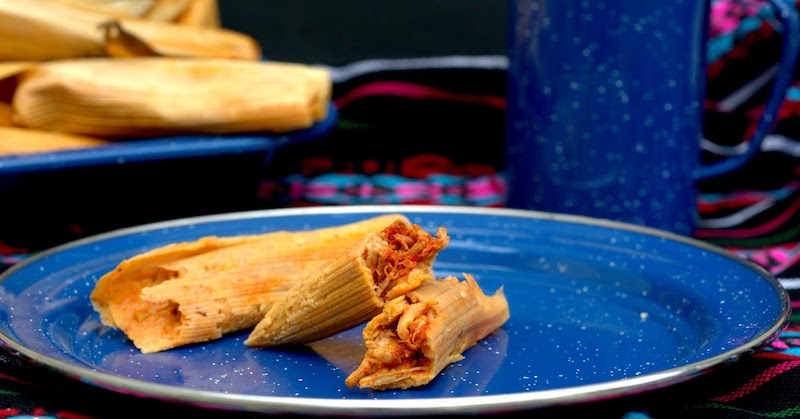
Wrapped in dry corn husk, or totomoxtle, tamales from the northern region are prepared in smaller portions compared to others, which is why they are known as "finger" tamales in Nuevo León, and they are also popular in Chihuahua, Coahuila and Durango. They are usually filled with shredded meat, machaca (dried meat) or asadero cheese and are seasoned with dried chilies.
HUASTECA
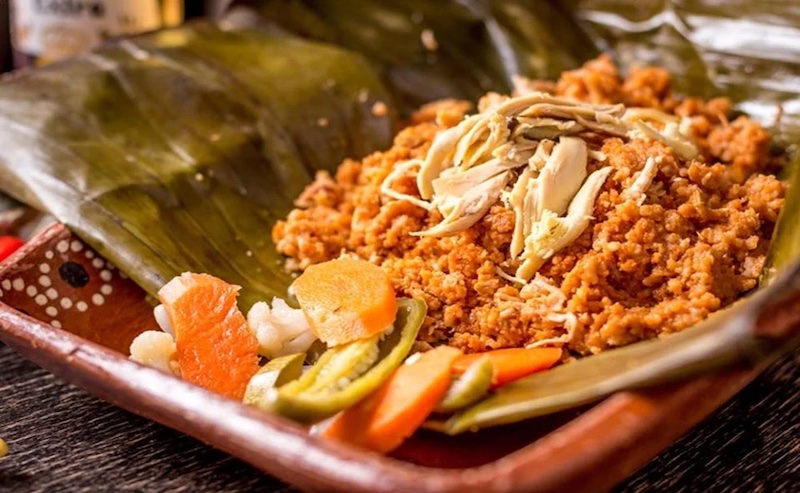
In this vibrant region shared by the states of Veracruz, San Luis Potosí, Tamaulipas and Hidalgo, tamales take on a different proportion. The delicious zacahuiles can measure up to 5 meters (16.5 feet) and are cooked for approximately 10 to 12 hours in a texcal, an oven set under the ground with firewood and hot stones. This dish made with crushed corn dough, turkey meat or pork seasoned with chino and cascabel chillies sauce, and wrapped in banana leaf. This tamale is served in large celebrations.
OAXACA
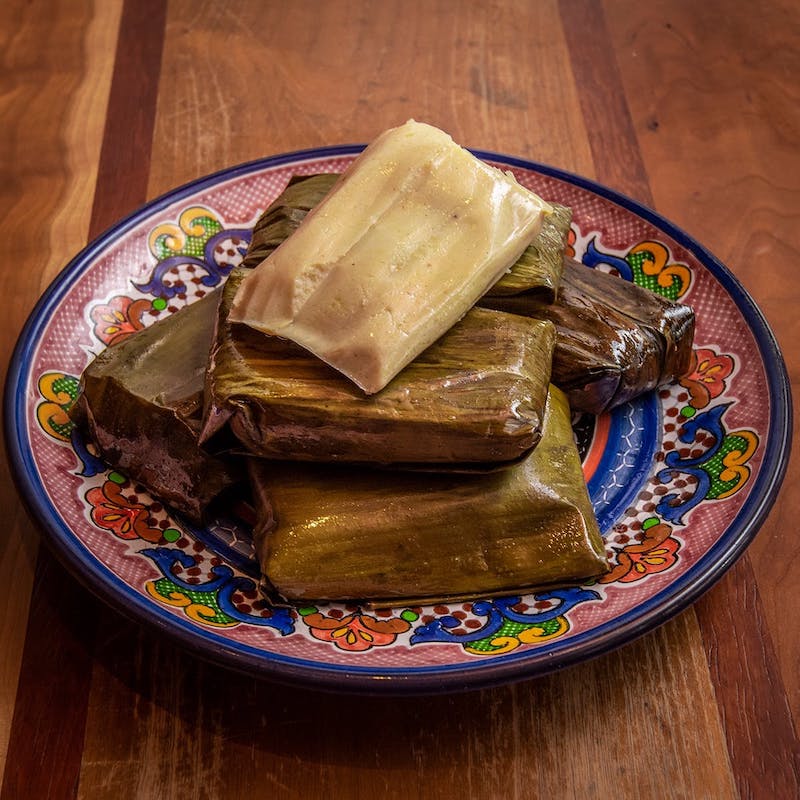
The Oaxacan version of the tamales is wrapped in a banana leaf and the dough is flavored with acuyo or holy leaf (pepperleaf). The most common fillings are black or yellow mole, pork in red sauce, and rajas (sliced poblano pepper).
In the Mixteca area it is common to find sweet cocoa tamales, wrapped in a corn husk for cooking, and bathed in a cocoa shell sauce that adds a bit of acidity to create a contrast of flavors.
In the central valleys of the region you can often find tamales de piedra (stone tamales). The dough is mixed with beans and wrapped in avocado leaves.
On the coasts of Oaxaca you can find tamales de tichinda, a river mussel, seasoned with red chile sauce, a recipe shared with its neighboring state, Guerrero.
MICHOACÁN
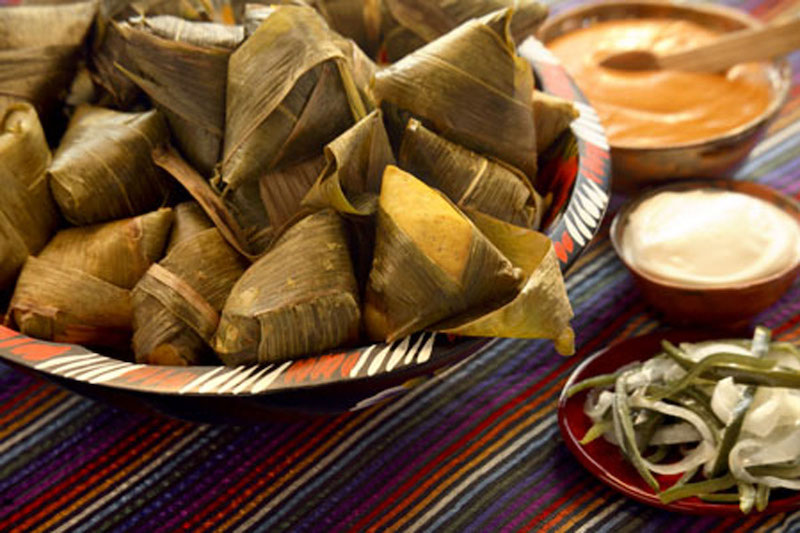
One of the states with the greatest diversity of tamale recipes is Michoacán. The Canarian tamale from Zitácuaro is made with rice flour to which almonds are sometimes added, and the lard is substituted with butter.
Pátzcuaro's uchepos are made with tender corn dough and are fluffier, accompanied by sour cream, cotija aged cheese and green sauce.
The corundas are perhaps the best known, and they are wrapped in a banana leaf giving a triangular shape to this version of the tamale. They are not usually stuffed, but you can find them with chilaca pepper slices or green sauce, pork and purslane.
SOUTHEAST
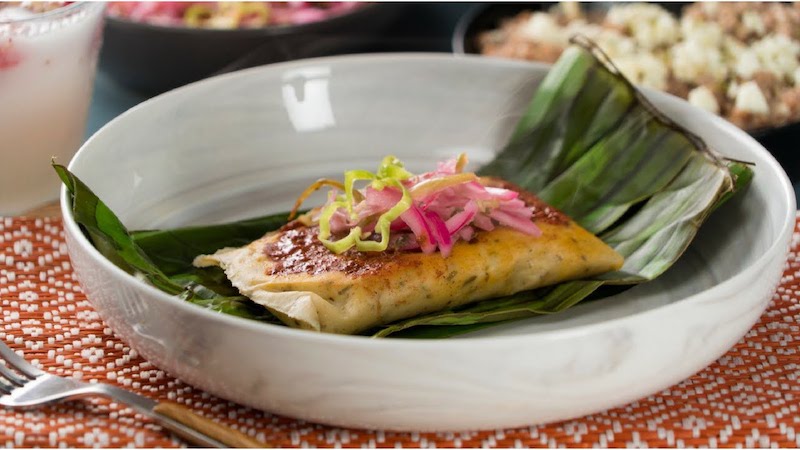
Yucatan tamales are filled with cochinita pibil and wrapped in a banana leaf. They are accompanied by habanero pepper and pickled red onion.
In Chiapas, the cambray tamales are the most popular, and are offered as a great feast at all celebrations. They are made with shredded chicken, prunes, raisins, fried banana, olives, bell pepper, and almonds.
Another Chiapas favorite is the chiltepin tamale, a very common plant in southeastern Mexico and Central America that gives a delicious flavor to the dough. They are filled with chicken or shrimps and cooked wrapped in a banana leaf.
The pejelagarto or tropical gar, is always present in the kitchen of Tabasco, and it could not be left out of the tamale recipes of this state. You can also find the chanchamitos, seasoned with axiote or annatto, and tamales made with strained dough to give a smoother texture.
CENTRAL ZONE
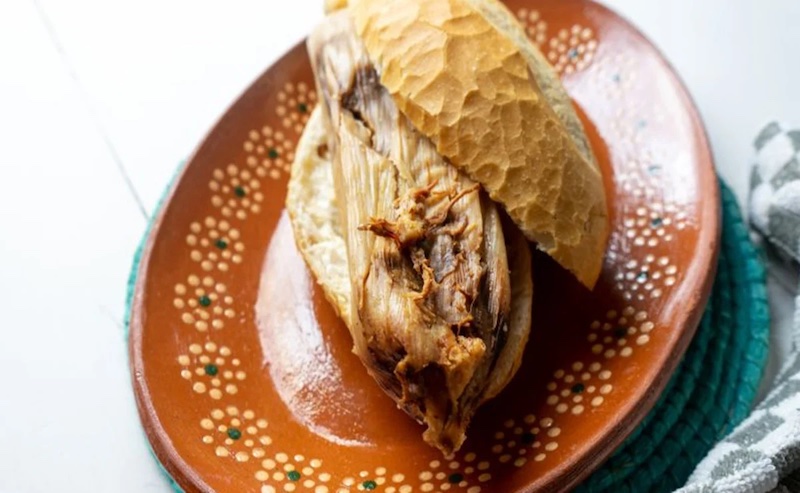
With many shared recipes, in the states of Tlaxcala and Puebla, ayocote tamales (a Mexican bean up to 2 centimeters long) await you. They are accompanied by pipián, a sauce dating from the pre-Hispanic era made with tomatoes and pumpkin seeds. During its cooking, they are wrapped in totomoxtle.
In the center of Tlaxcala, anise tamales are served at large parties as an accompaniment to the main dish, mole con pollo, to collect every last drop that remains on the plate.
The cuisine of the Bajío (lowlands) region, which has great influence from the center and Michoacán, includes tamales muertos in its recipe book, made with blue corn dough and wrapped in corn husk, filled with mole, rajas or pork meat.
In Mexico City, it is very common to find a stall of mole tamales filled with green sauce and chicken, rajas with cheese and sweet, wrapped in corn husk, and a proper supply of bolillos (a typical Mexican bread) to prepare the famous guajolotas, which are nothing more than the tamale placed in the middle of the bread.
THE GULF
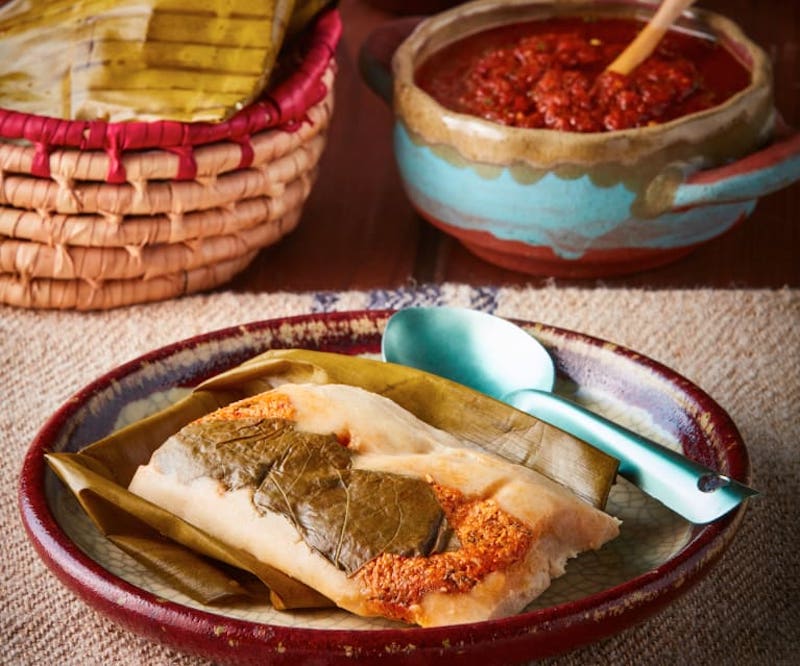
In the port of Veracruz you will find ranch tamales, whose dough is flavored with holy leaf and then filled with pork or chicken seasoned with morita chile.
In the town of Tepetzintla they prepare them with beans cooked with chicharrón (pork rinds) and coriander and are wrapped in papatla leaf, similar to the plantain leaf but smaller, and widely used in the region.
THE PACIFIC AND SEA OF CORTEZ
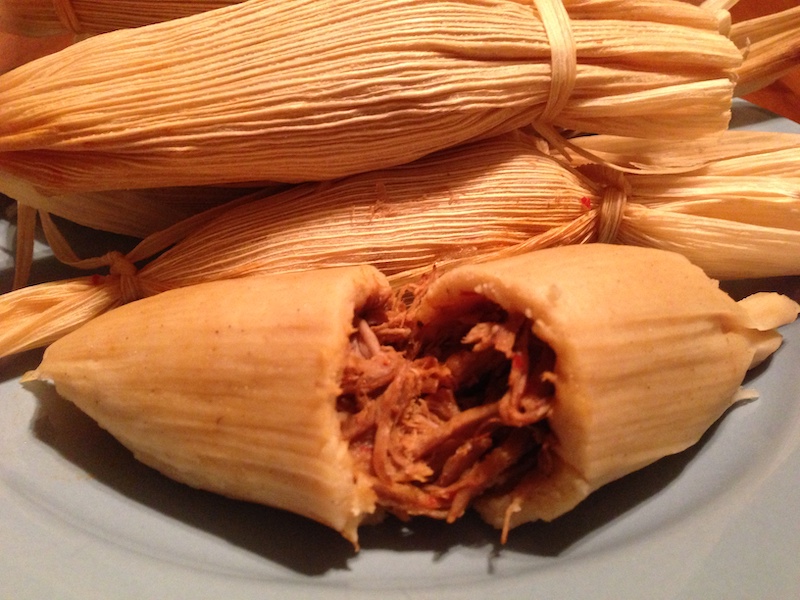
In the states of Colima, Jalisco, Nayarit, Sinaloa and the south of Durango they prepare a tamale made with corn dough nixtamalized with wood ash, mainly oak.
In Sinaloa they cook the pork tamale with lard, potatoes, olives and a mixture of chilies, they can also be stuffed with chilorio (a dish made of pork fried in chile sauce) or shredded beef. Other typically Sinaloan varieties are the tamales tontos or silly tamales, made only from dough without any filling; and the tamales barbones or bearded tamales, very typical of the coastal city of Escuinapa, prepared with shrimp with the head and the ‘beards' coming out of the tamale.
Sonoran tamales are thinner and medium in size. The dough is filled with carrots, peas and pork, beef or chicken seasoned with guajillo chile, which gives a red color to the corn husks in which they are wrapped.
TAMAL FEST, A STUNNING EVENT
Now that you've discovered this outstanding Mexican journey of flavors, what if you level up this experience in the upcoming Tamal Fest? The first Velas Resorts' annual festival that honors this tasty gastronomic heritage. Being held from March 23rd to 26th, 2023, you can enjoy the Tamal Fest at one of the six Velas Resorts' properties, which are located in Los Cabos, Riviera Maya, Puerto Vallarta, and Riviera Nayarit.
The four-day event offers various tastings, workshops with different flavors, preparations from all regions of Mexico, and more. You'll also delight in a unique drink menu inspired on this traditional dish, an exclusive corn cocktail list, and an exquisite craft beer pairing for each dish.
Which of the six Velas Resort's properties would you prefer to enjoy this stunning fest?
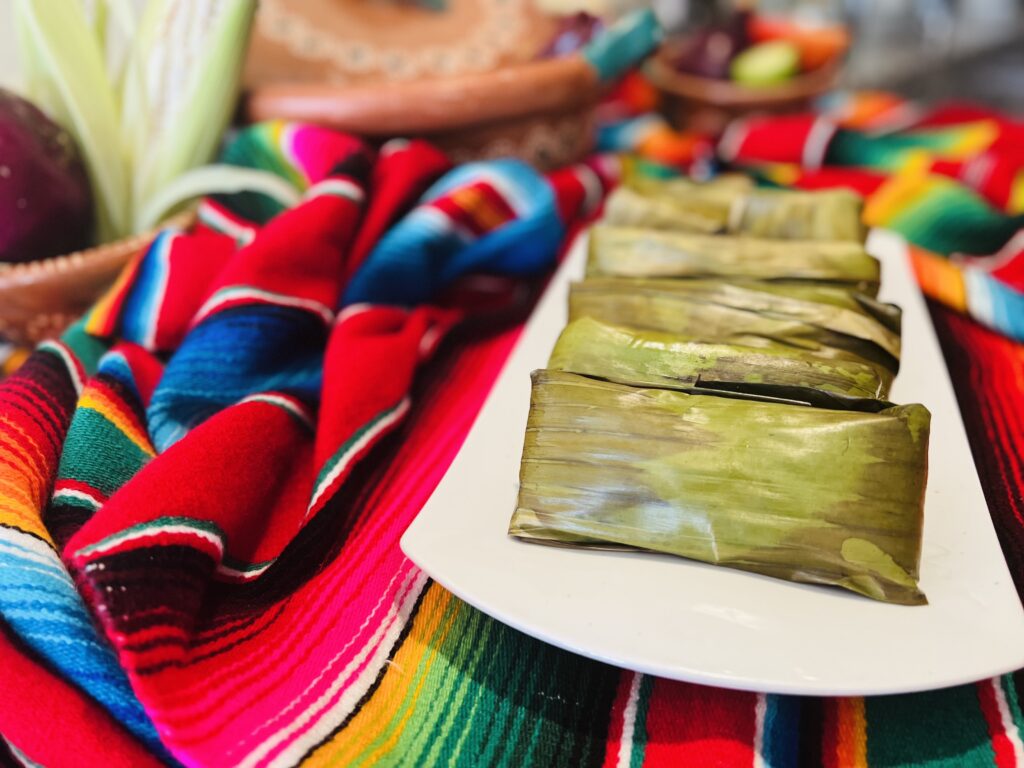
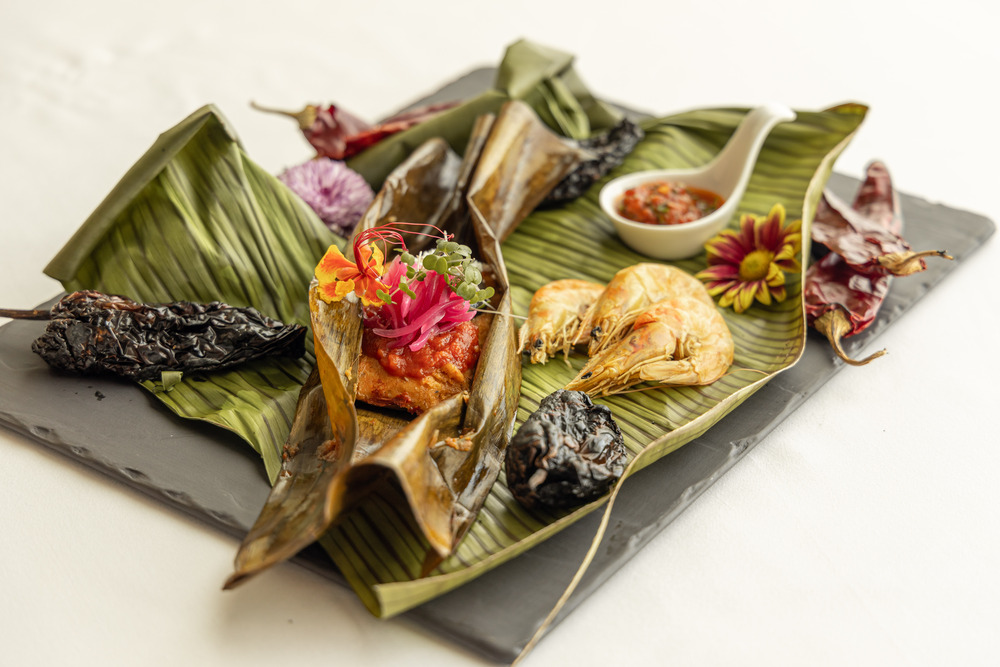
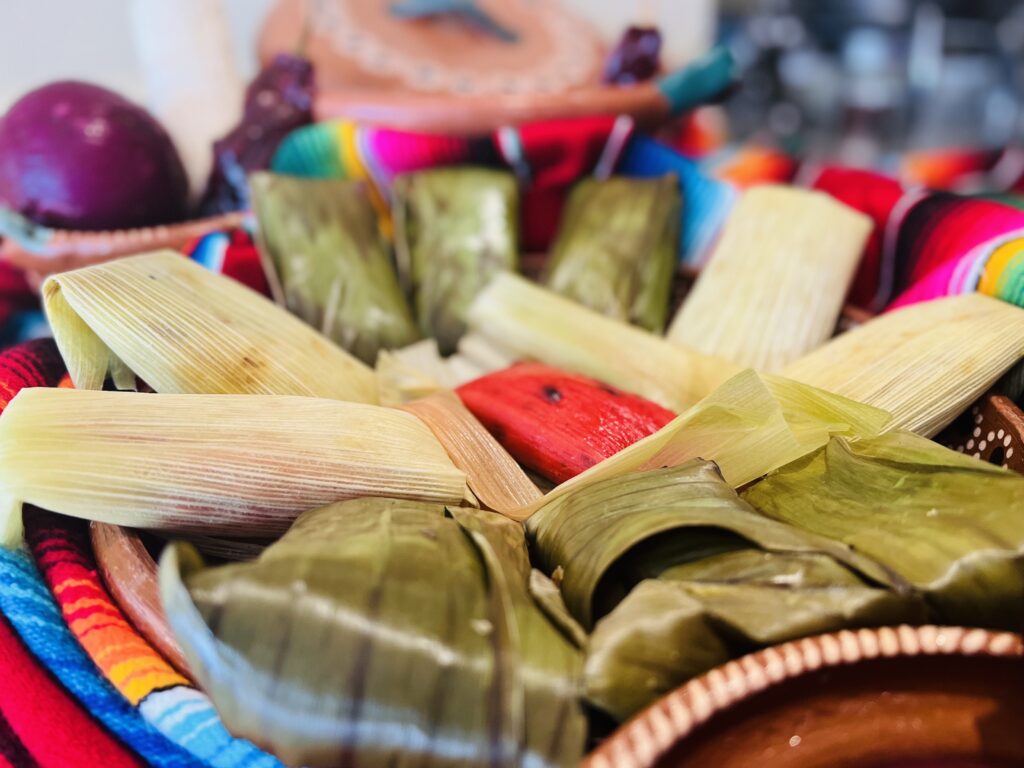
You will probably want to try them all, but do you have your favorite yet?
